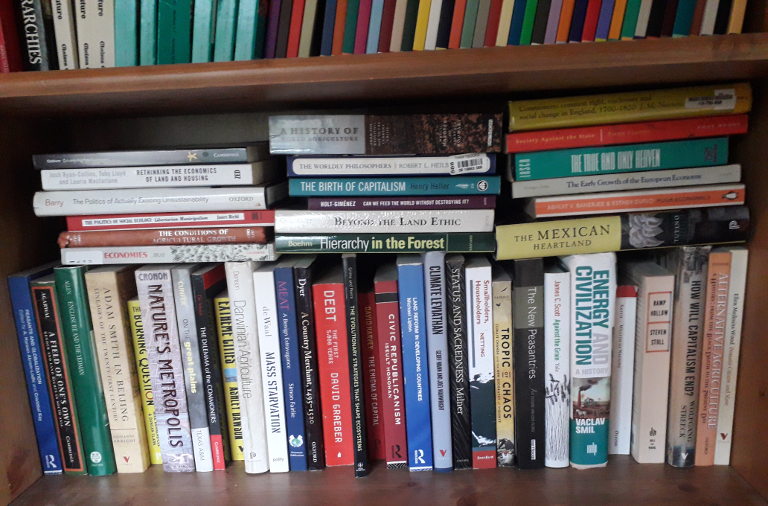You have bought your copy by now, right? Ah well … far be it from me to tell you what to do with your hard-earned cash. Suffice to say that I’m not planning to summarise or repackage what’s in the book, so if you haven’t read it or aren’t an old hand on this blog, some of these posts may be a little mystifying in places. Others, though, should work as standalone pieces. One way or another, I hope you’ll find something of interest and perhaps some things worthy of debate within them.
I’m going to work my way through the book roughly in page order. The book starts with ‘The Civet’s Tale’, which I sketched in order to make the point that, almost invariably, the choices we make have downsides as well as upsides, perhaps in agriculture more than in most areas of life (and, unfortunately or otherwise, agriculture is at the root of all those other areas of life).
Another way of putting this, following on from my previous post, is that after only death and taxes (in fact, before taxes), a certainty in life is trade-offs. Arguing this puts me in the company of mainstream economists, whose discipline proceeds largely from the concept of opportunity cost or decision-making in circumstances of scarcity. There are those – often on the political left, my own political home turf – who insist that such notions are a conceit of our capitalist economic system, which manufactures an artificial scarcity.
…click on the above link to read the rest of the article…
